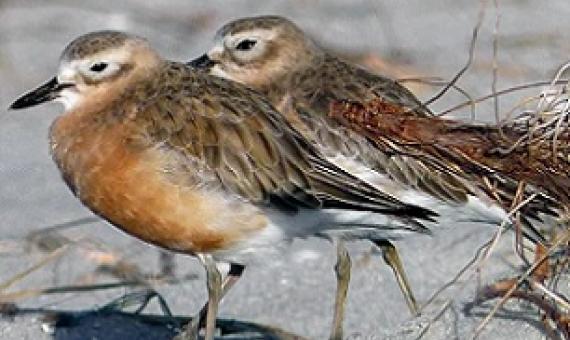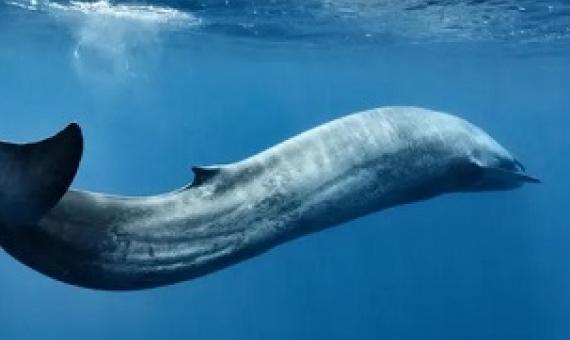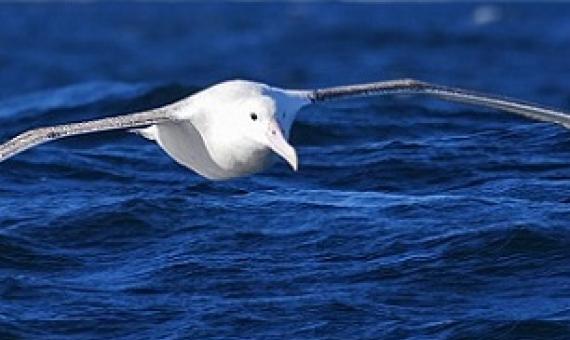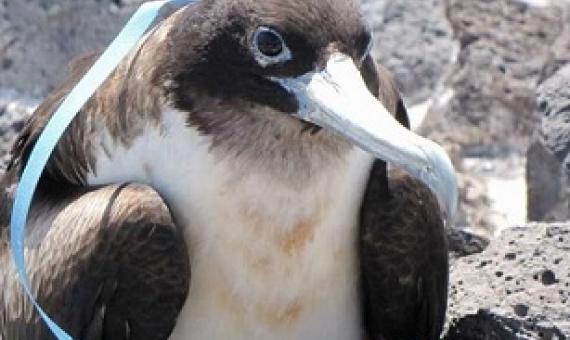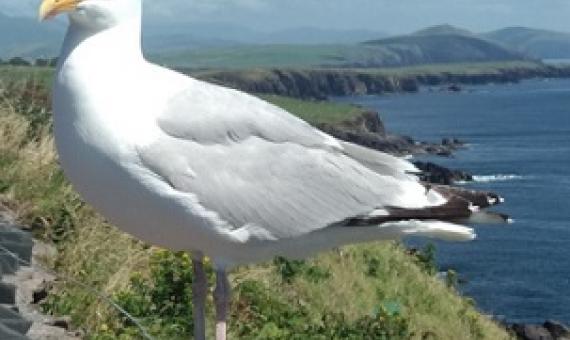Scientists have provided the first evidence to show that eradicating rats from tropical islands effects not just the biodiversity on the islands, but also the fragile coral seas that surround them.
New study provides further evidence supporting the connection between predator-free islands and richer sea life. Researchers publish the latest evidence connecting terrestrial and ocean health in a study of four islands in the Mercury Archipelago off the Coromandel.
Successes and failures of rat eradications on tropical islands: a comparative review of eight recent projects
Rat eradication is a highly effective tool for conserving biodiversity, but one that requires considerable planning eff ort, a high level of precision during implementation and carries no guarantee of success. Overall, rates of success are generally high but lower for tropical islands where most biodiversity is at risk. We completed a qualitative comparative review on four successful and four unsuccessful tropical rat eradication projects to better understand the factors influencing the success of tropical rat eradications and shed light on how the risk of future failures can be minimised.
Priority sites for conservation in the Cook Islands: key biodiversity areas and important bird areas.
The Key Biodiversity Areas and Important Bird Areas (KBA's
& IBA's) approach is a simple, effective means of
implementing the protected areas elements of the Convention of Biological Diversity (CBD). KBAs and IBAs are places of
international importance for the conservation of biological diversity through protected areas and other governance mechanisms.Available onlineCall Number: [EL]Physical Description: 38 p
Plastic bags and flexible packaging are the deadliest plastic items in the ocean, killing wildlife including whales, dolphins, turtles and seabirds around the globe, according to a review of hundreds of scientific articles...The review, by the Australian government’s science agency, CSIRO, f
A new Department of Conservation study shows there are 35,000 unexplained deaths, in the past eleven years, of the already critical antipodean albatross.
Seabirds are skilled opportunists, commonly flocking to fishing boats to scavenge on scraps thrown overboard.
Plastic gathered from remote corners of the South Pacific Ocean, including nesting areas of New Zealand albatrosses, has confirmed the global threat of plastic pollution to seabirds.
The slashing and poisoning is part of an unprecedented endeavor to rid this remote atoll of all but a few coconut palms (Cocos nucifera). The gangly tree is an icon of idyllic tropical islands, but also an aggressive invasive species that crowds out native plants and animals.
Seabird species such as gulls and pelicans are often overlooked when it comes to conservation and can struggle to capture the public eye.


